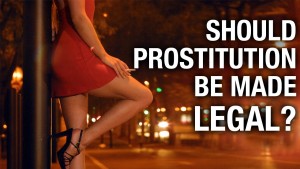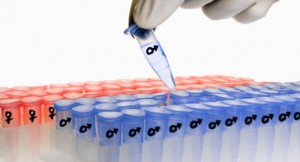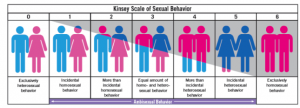Prostitution has been around for the past thousands of years. It is cross-cultural and has even been referenced in the bible. Sex workers has been one of the oldest forms of employment, and it isn’t going anywhere anytime soon. With today’s demands of sex workers, there have been rises in sex trafficking, STI’s, and violence. With that being said, should prostitution be legalized?There are proponents who believe yes, prostitution should be a legal activity. There are also those who oppose the idea of making prostitution legal. Researchers like Dr. Carrasquillo argue that prostitution has been around for many civilizations and leading to the road of legality will ultimately help regulate and lower the violence dealing with sex work. On the other hand, critics like Dr. MacTaggart claim that the legalization in sex work will only increase the demand for workers leading to abuse and violence.
One of the main arguments against prostitution becoming legal is that it would ultimately lead to an increased risk of human sex trafficking. Imagine the demand when sex with prostitutes would become legal. According to the Psychologists for Social Responsibility, Melissa Farley states that an estimated 2.5 million people are being coerced into human trafficking (Farley). Farley states that with sex work becoming legal, this would only dramatically increase (Farley). A possible threat in legalizing prostitution could be that of human trafficking. Another threat for having prostitution becoming legalized, would be that there will likely be an increase in violence and abuse from sex workers in the industry. Mactaggart states that in her research, violence in areas of nevada where sex work is legal, high levels of abuse and violence are prevalent (Mactaggart). The researcher says that the levels of violence increased at a 15% from survey reports in Nevada. Mactaggart also looks internationally to see if these occurrences of violence are happening. It was found that in Amsterdam, where prostitution is legal, levels of abuse are still high when looking at data covering female workers and their clients (Mactaggart).
When looking at the legalization of sex work, Many feel that legalizing sex work would lead to a better regulation and control over many of the debated problems. A common threat are STI’s. A current study on the statistics of STI’s transmitted through sex work is 20% above regular or acceptable sex practices (Davidson). Researcher, Julia Davidson states in her article that by making sex work legal in the United States, the regulation on public health will be at a greater advantage, and sexually transmitted infections will decrease (Davidson). Although the problem of STI’s are always going to be present with acts of sex, by having a regulation and some form of management through the legalization will definitely help out the problem. Another reason many are in favor of legalization, is because researchers, such as Andrew Horowitz, believe that crime levels will decrease with the government formally regulating the activity. Horowitz states that from the legalization, organizers who normally would illegally manage sex workers (pimps, drug owners) would not have as much control (Horowitz).
From both articles, there were both weaknesses and strengths. For the opposing side who believed prostitution should remain illegal- both articles failed to find a solution. The two articles did really well at finding evidence against the benefits of legalization, but neither of the pieces seemed to offer a solution. There was a bunch of negative connotations, but nothing to build from that. For the side that was in favor of legalizing sex work- it did really well providing reasons to counteract traditional pieces against their ideas. The two articles did seem a bit too optimistic because they stated so much would change after the legalization. The world still faces the two dilemmas of human trafficking as well as the spreading of STIs. In my opinion, I would probably not choose to legalize prostitution. Instead, I would try to find alternatives and regulations to stop the problems that are affecting sex workers (human trafficking, violence, and STI’s). Both sides lacked certain things, so I would hope both sides would work together to come up with a comparable solution.
Farmer, A., & Horowitz, A. W. (2013). Prostitutes, Pimps, and Brothels: Intermediaries, Information, and Market Structure in Prostitution Markets. Southern Economic Journal, 79(3), 513-528. doi:10.4284/0038-4038-2011.153
Balboni, D. S. (2007). But I Thought This Was Sin City!: Nevada’s Restrictions on Advertisements for Legal Brothel Services. Nevada Law Journal, 7548.
Turley, J. (2014, July 18). Report: Legalization of Prostitution In Rhode Island Led To Improvements of Both Public Health and Public Safety.
Murphy, R. E. (1987). A QUESTION OF PROCUREMENT: NOT PROSTITUTION. WORKING WOMEN: THE SUBTERRANEAN WORLD OF STREET PROSTITUTION. By Arlene Carmen and Howard Moody. Columbia Law Review, 871075.
Carrasquillo, T. (2014). UNDERSTANDING PROSTITUTION AND THE NEED FOR REFORM. Touro Law Review, 30(3), 697-721.


